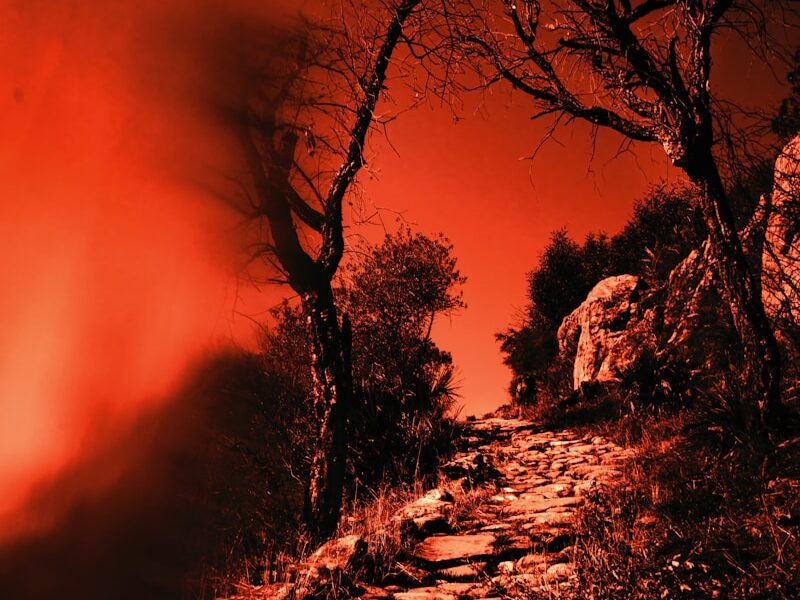
Hell is one of the most talked-about and feared concepts in religion, but it’s also one of the most misunderstood. Much of what people imagine about hell comes not from the Bible but from folklore, art, and pop culture. Over the centuries, writers like Dante and painters like Hieronymus Bosch have shaped the way people picture eternal punishment. Here are 15 myths about hell that often distort the truth.
Hell Is a Place Ruled by the Devil

Cartoons and movies often depict Satan sitting on a throne in hell, gleefully torturing souls. This picture is far from Christian teaching. The devil is not the ruler of hell—he is its prisoner-to-be. Revelation 20:10 describes Satan himself being cast into the “lake of fire.” Hell isn’t his kingdom; it’s his punishment. To imagine him as its master flips the biblical story upside down. Instead, hell represents God’s ultimate judgment, not the devil’s playground.
Hell Is Just Fire and Flames

The most common image of hell is endless fire, but the Bible uses more than one metaphor. Sometimes it speaks of fire, but other times it describes “outer darkness,” “destruction,” or “weeping and gnashing of teeth.” These pictures convey suffering, loss, and separation, not just literal flames. Many Christians see fire as a symbol of God’s judgment rather than a physical environment. Reducing hell to fire alone oversimplifies what Scripture presents as a profound spiritual reality.
Everyone Agrees on What Hell Looks Like

It’s easy to assume all Christians think of hell the same way, but this is far from true. Some traditions teach eternal conscious torment, others believe in annihilation (the soul ceasing to exist), and some emphasize separation from God more than physical suffering. These differences show that the Bible’s imagery isn’t straightforward. Even within the same denomination, believers often hold different perspectives. To say there’s only one picture of hell ignores the diversity of Christian thought.
Hell Is Just for “Really Bad” People

Movies and TV suggest hell is reserved for history’s villains, like murderers, tyrants, and criminals. Christianity, however, frames hell differently: it’s not about whether you’re “better or worse” than your neighbor but about whether you accept or reject God’s offer of grace. Everyone falls short in some way, and hell is depicted as the ultimate result of turning away from God, not just a punishment for the worst offenders. The myth that only the evil end up there minimizes the seriousness of the message.
Hell Was Invented to Control People
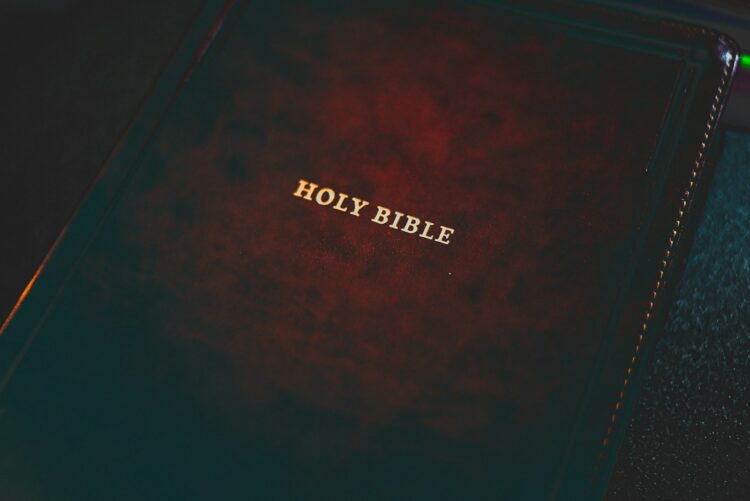
Critics sometimes argue that the church created the idea of hell to keep people in line through fear. While it’s true that religious leaders have misused fear, the concept of hell appears in Scripture itself, long before institutional Christianity gained power. Jesus himself spoke of judgment, warning of consequences for ignoring God. While art and culture have amplified the imagery, the theme of eternal accountability runs throughout the New Testament. It’s not merely a tool of control but a biblical teaching.
You’ll Have Company in Hell

Pop culture often shows hell as a crowded party of the damned, where people are stuck together forever. In contrast, Christianity portrays hell as isolation rather than community. Descriptions of “weeping and gnashing of teeth” suggest personal anguish, not group activity. Hell is separation from God and, by extension, from meaningful fellowship.
Hell Is Beneath the Earth

Many assume hell is a literal cavern somewhere below the ground. This picture likely comes from folklore and ancient cosmology. The Bible uses symbolic terms like “Gehenna,” which referred to a valley outside Jerusalem once associated with judgment, and “lake of fire,” which is a vision from Revelation. These aren’t maps of geography but symbols of spiritual reality. While “underworld” language shaped imagination, Christianity doesn’t teach that hell is a physical pit under our feet.
Hell Lasts Forever Without Question

Most people assume Christianity universally teaches endless torment. In fact, not all Christians agree. Some traditions teach eternal conscious punishment, while others believe the soul is destroyed after judgment (annihilationism). A smaller number even hold to the idea of eventual reconciliation. The Bible’s language about eternity is interpreted differently depending on tradition. While many hold firmly to eternal punishment, the assumption that every Christian interprets “forever” the same way is simply not true.
You Can Earn Your Way Out of Hell After Death
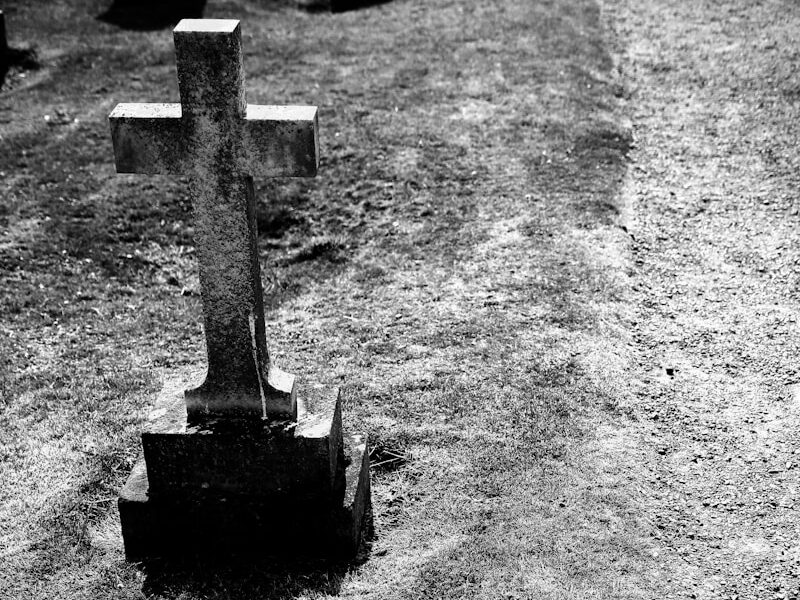
Stories and legends sometimes suggest people can work their way out of hell or be prayed out by loved ones. Christianity, however, teaches that choices made in this life have eternal weight. Hebrews 9:27 says, “It is appointed for man to die once, and after that comes judgment.” While God’s mercy is emphasized, the idea of bargaining or climbing out of hell after death doesn’t appear in Christian teaching. This myth reflects wishful thinking more than biblical truth.
Hell Is the Same in All Religions

It’s easy to lump all religious ideas of hell together, but they differ widely. Islam, for instance, describes layers of punishment and the possibility of eventual release for some. Hinduism and Buddhism portray hells as temporary states of suffering tied to karma. Greek mythology saw Hades as a shadowy underworld. Christianity stands apart, describing hell as final separation from God. Confusing all these traditions erases the unique ways different faiths understand judgment and the afterlife.
Hell Is Described in Detail in the Bible

Many assume the Bible gives a detailed picture of hell, but most imagery comes from later writers and artists. The Bible uses strong but limited language—fire, darkness, destruction, separation—but leaves much unexplained. The elaborate images of torture chambers, demons with pitchforks, and fiery caverns largely come from works like Dante’s Inferno and medieval imagination. The Scriptures themselves are more restrained, focusing on the seriousness of judgment without painting a literal travel guide to hell.
Hell Is a Place Where God Is Absent
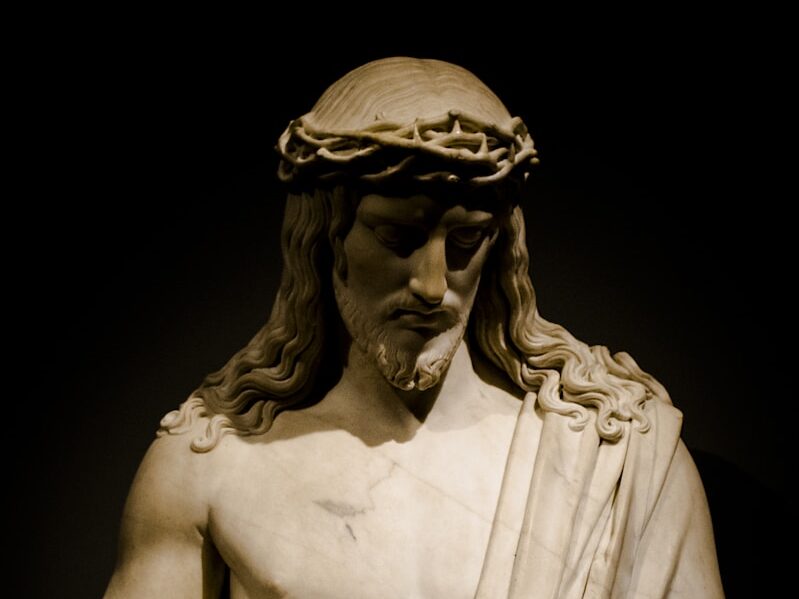
Some say hell is a place where God has no presence at all. But Christian thought is more nuanced. Some traditions believe God’s presence is still there—experienced as judgment rather than comfort. Others see hell as complete separation from Him. Either way, the Bible emphasizes that hell isn’t outside God’s control. To claim God has nothing to do with hell misses the point: it is precisely the result of His justice, not His absence.
Good Deeds Alone Keep You Out of Hell

A widespread myth is that being a “good person” is enough to avoid hell. Christianity teaches that no amount of good deeds can erase sin or restore a broken relationship with God. Salvation, according to the New Testament, comes through faith in Christ’s sacrifice, not by works alone. Good deeds are a fruit of faith, not the foundation of salvation. The idea that hell is only for “bad people” oversimplifies the message of grace.
Hell Is Just a Scare Tactic, Not Real
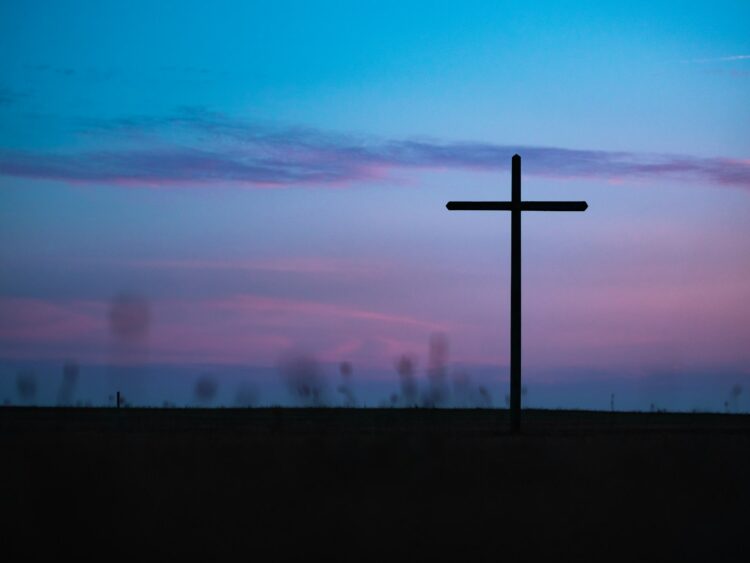
Skeptics often dismiss hell as a story invented to scare people into obedience. While fear has sometimes been misused in preaching, the concept of judgment is rooted in the words of Jesus himself, who spoke more about hell than anyone else in Scripture. Whether one interprets hell literally or symbolically, it is taken seriously within Christian theology. To reduce it to nothing more than a scare tactic ignores the depth of teaching around justice, choice, and accountability.
Thinking About Hell Should Lead Only to Fear

For many, hell is nothing but a terrifying idea meant to intimidate. But Christianity teaches that God’s desire is to save, not condemn. The reality of hell underscores the seriousness of rejecting grace, but it also highlights the depth of God’s love in offering a way out through Christ. Fear is not meant to be the end of the conversation—hope is. Reflection on hell is supposed to lead believers toward gratitude for salvation, not despair.

